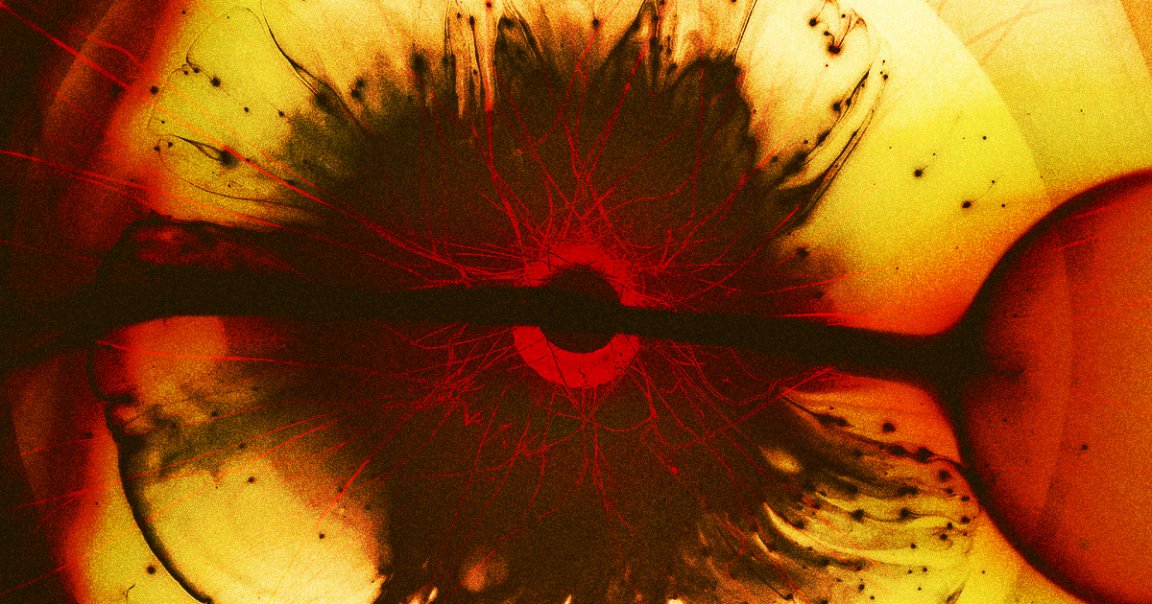
Mega Magnet
A team of MIT scientists says that it’s successfully cleared what could be the greatest technological hurdle between us practical nuclear fusion power.
The researchers managed to get a new superconducting electromagnet to generate a magnetic field of 20 tesla — that’s the unit that measures a magnet’s strength — which an MIT press release says is the strongest of its kind ever generated on Earth, and a “major advance” toward practical fusion, which many experts say could someday provide the world with near-limitless power.
“Fusion in a lot of ways is the ultimate clean energy source,” MIT geophysicist Maria Zuber said in the release. “The amount of power that is available is really game-changing.”
Plasma in a Bottle
Powerful electromagnets are central to any successful fusion reactor. The energy-generating process itself relies on ultra-hot plasma that needs to be contained and controlled with strong magnetic fields in order to sustain a safe and practical fusion reaction.
“The challenges of making fusion happen are both technical and scientific,” MIT Plasma Science and Fusion Center director Dennis Whyte, who’s helping develop MIT’s experimental SPARC fusion reactor, said in the release.
In this case, the commercial availability of a new ribbon-like material allowed the MIT team to create a 20-tesla magnetic field with a facility just one-fortieth the size that they would have needed had they used more conventional magnets. That’s a huge boon to the team’s vision of making a smaller fusion reactor that reaches higher temperatures — the opposite approach of that taken by the ITER team in France, which is a huge facility that operates at lower temperatures.
“It’s really a watershed moment, I believe, in fusion science and technology,” Whyte said.
READ MORE: MIT-designed project achieves major advance toward fusion energy [MIT]
More on nuclear fusion: Scientists Thrilled at Important Step Toward Practical Nuclear Fusion